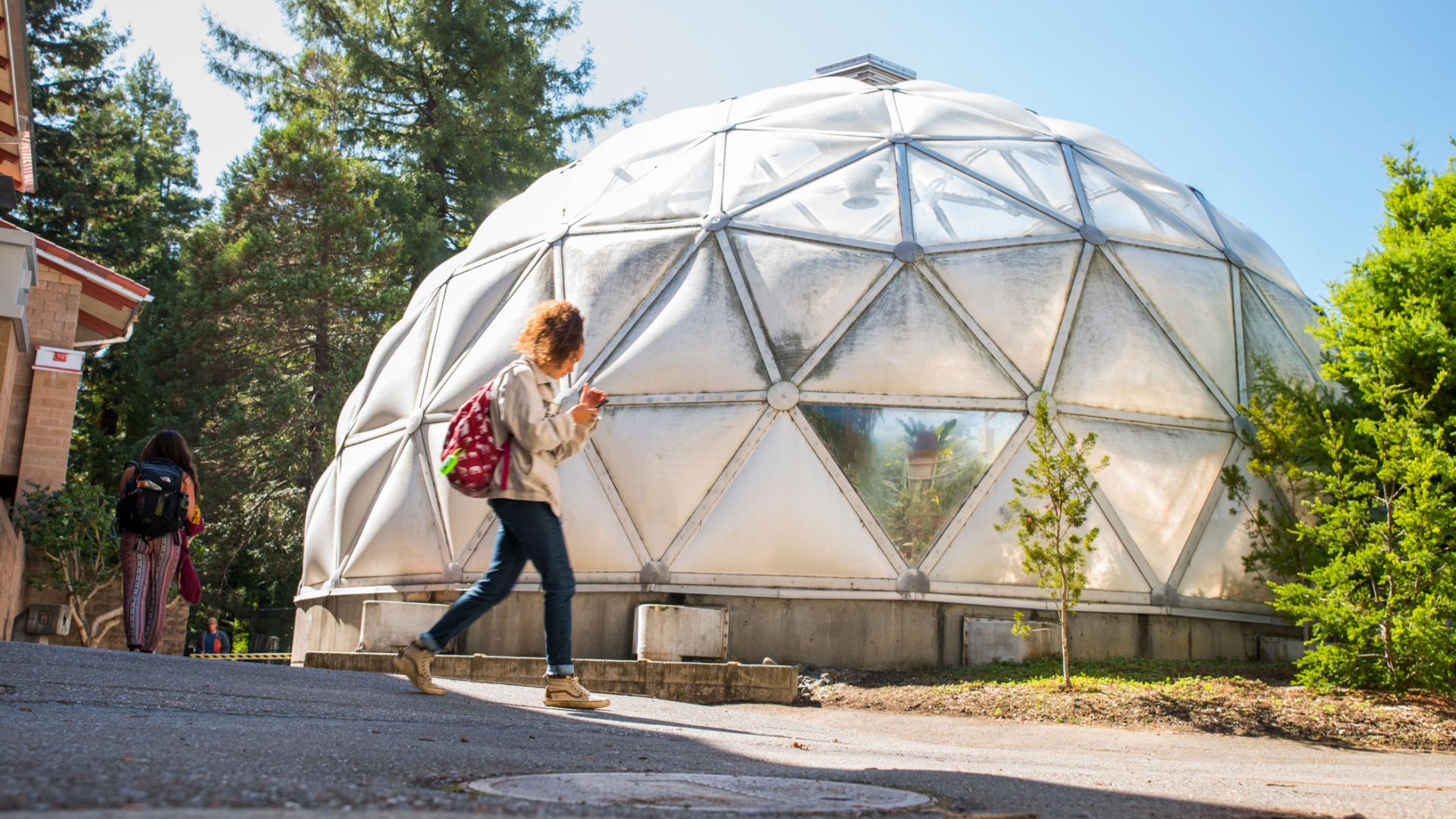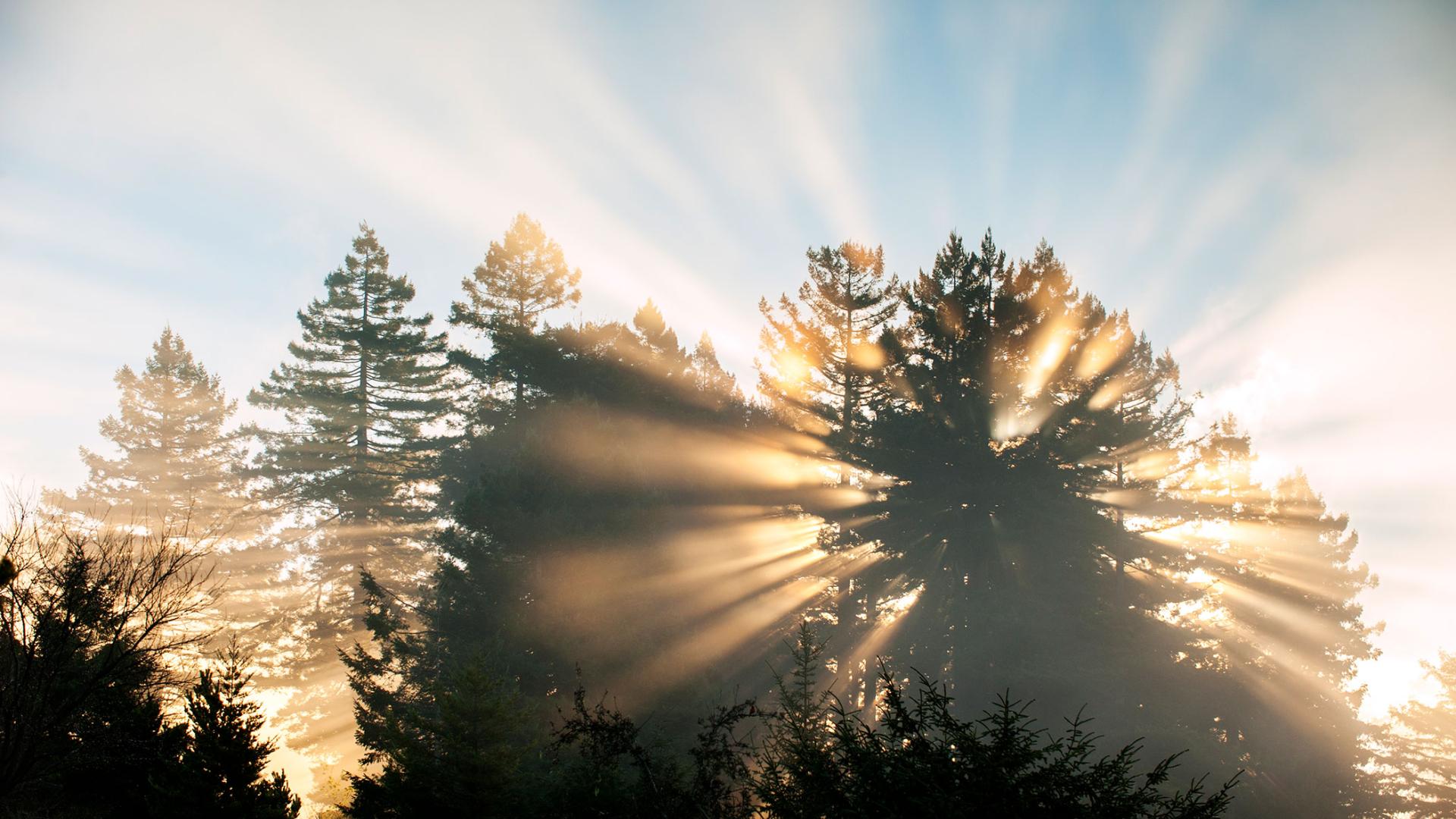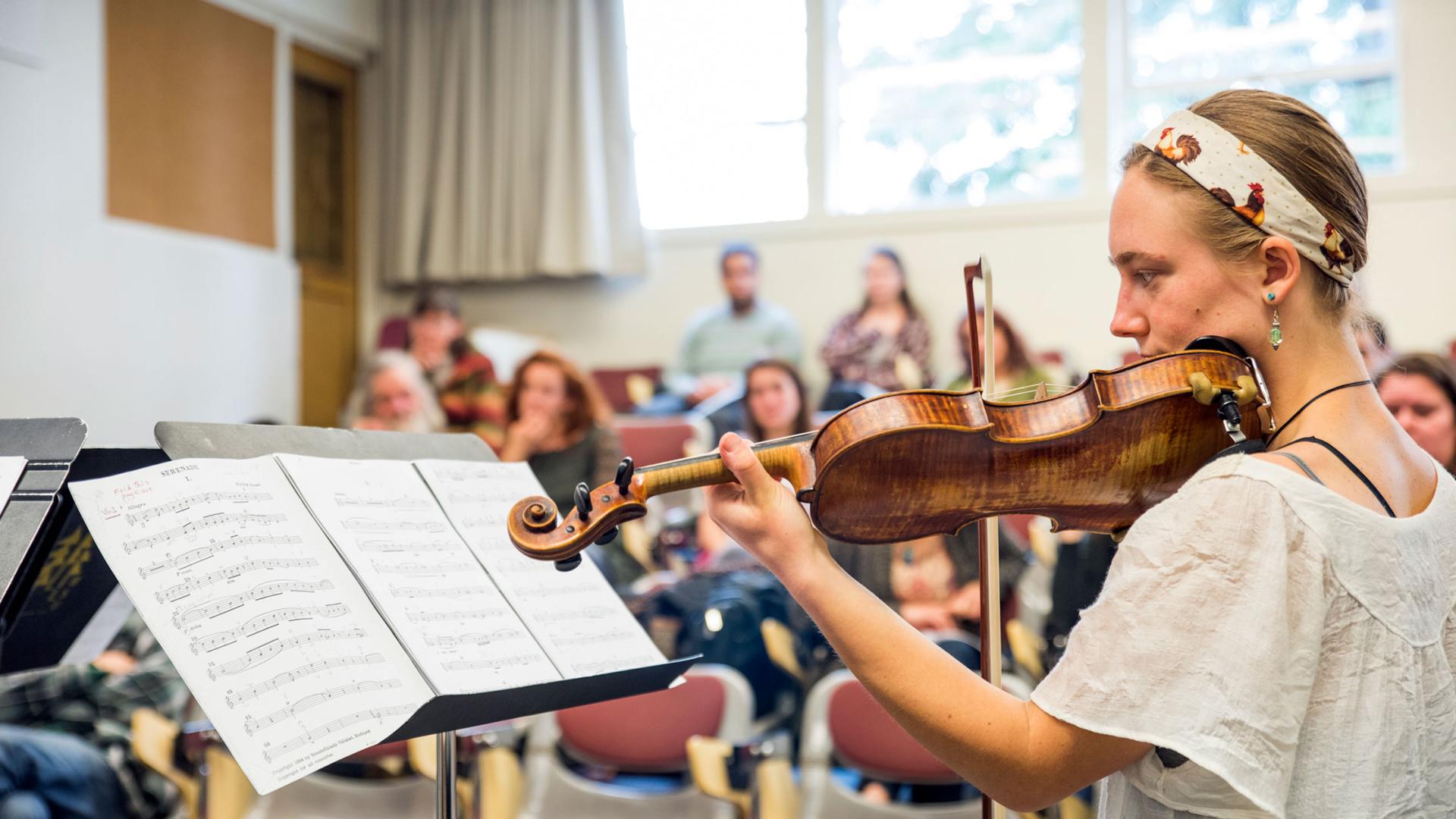Breadcrumb
Achievements
Publications and achievements submitted by our faculty, staff, and students.
Justin Luong
Forestry, Fire & Rangeland Management
Dr. Justin Luong received a $520,000 grant to study how managed cattle grazing can provide benefits for wetland plant and animal communities at the Willits Bypass in Mendocino County. Managed grazing is a powerful tool for land management and has the potential to bolster biodiversity and carbon storage. Dr. Luong will work with local land agencies to assess how grazing exclusion affects special status plant species, overall plant communities, biodiversity, and soil carbon storage through traditional field study methods and aerial imagery. Collaborators include Drs. Sharon Kahara and Buddhika Madurapperuma. Funding comes from the California Bountiful Foundation.
Jeff Kane
Forestry, Fire & Rangeland Management
Dr. Jeff Kane received a grant to support restoration efforts for a rare tree species in the Plumas National Forest, the Baker Cypress, whose population was extirpated by the 2021 Dixie Fire. Currently, there are only 11 known Baker cypress populations worldwide. Under the project, Cal Poly Humboldt faculty and students will work towards re-establishing this population, collecting cones from the remaining mature stands of Baker cypress in northern California and southern Oregon. Additionally, students and faculty will be engaged with relevant research projects that can inform and improve gene conservation and restoration efforts for Baker Cypress.
Hunter Harrill
Forestry, Fire & Rangeland Management
Hunter Harrill (Assistant Professor) received a grant from the United States Department of Agriculture (USDA) Forest Service to assess the recently completed and present forest stewardship operations in western high-risk fire landscapes. The project will develop productivity models for fuel reduction operations, and make them publicly available for land managers to predict the cost of forest operations. The work will support the USFS Wildfire Crisis Strategy and is funded through President Biden’s Bipartisan Infrastructure Law. The research is also part of a larger multi-disciplinary team, collaborating with Northern Arizona University, West Virginia University, and Washington State University.
Lucy Kerhoulas, Erin Kelly
Forestry, Fire & Rangeland Management
Drs. Lucy Kerhoulas and Erin Kelly were awarded a $299,000 grant to support the ongoing Redwoods Rising student apprenticeship program. The program places students within resource teams to perform seasonal tasks associated with restoration activities throughout the Redwood National and State Parks, where they develop field experience, network with resource management specialists, and contribute to ongoing land management efforts. This summer they hired 12 apprentices to work on projects related to forestry, roads, watersheds, and outreach and interpretation.This project is in collaboration with Redwood National and State Parks and the Save the Redwoods League, which also provides funding.
Erin Kelly, Benjamin Graham, and Jeff Kane
Forestry, Fire & Rangeland Management
Drs. Erin Kelly, Benjamin Graham, and Jeff Kane received a grant from the Joint Fire Science Program (administered by the Departments of Interior and Agriculture) to support a study on community recovery after wildfires, and how recovery can lead to social-ecological resilience. The study will look into what recovery looks like in communities impacted by wildfires, the networks within communities present for recovery, and the resources available to implement community recovery. Findings will be useful for policy makers trying to create funding, regulatory, and other policy mechanisms to facilitate community recovery, and organizations working toward social-ecological resilience in fire-prone landscapes.
Hunter Harrill
Forestry, Fire & Rangeland Management
Hunter Harrill (Forestry) was a co-author of a recently published article titled "Operational Analysis of Grapple Yarding in New Zealand: A Case Study of Three Mechanized Harvesting Operations" in the journal Forests. https://doi.org/10.3390/f14020190
Allyson Carroll
Forestry, Fire & Rangeland Management
Allyson Carroll (research associate) received a grant from the United States Geological Survey (USGS) to support research that will use redwood tree rings to date earthquakes on the northern San Andreas Fault. Tree ring signals, such as changes in growth and dates of reiterated trunks, will be used to constrain the year of the large magnitude event that occurred prior to the 1906 earthquake. Project findings will improve earthquake recurrence models for this region. Collaborators include Dr. Stephen Sillett and Marie Antoine at Cal Poly Humboldt, as well as Dr. Belle Philibosian at USGS and Dr. Ozgur Kozaci.
Hunter Harrill
Forestry, Fire & Rangeland Management
Dr. Hunter Harrill (Forestry) was invited to give a presentation titled "Grapple Yarding Productivity Studies." His presentation was part of a panel on Grapple Yarding at the Western Region Council on Forest Engineering (WR.COFE) annual meeting on January 12th, 2023, in Lebanon, Oregon.
Susan Edinger Marshall
Forestry, Fire & Rangeland Management
Dr. Susan Edinger Marshall received a planning grant from the USDA National Institute of Food and Agriculture (NIFA) to develop the California Rangeland Education (CRED) program in collaboration with Cal Poly San Luis Obispo, UC Berkeley, UC Davis, and Audubon California. The initiative aims to assist individuals in completing educational requirements to sit for the California Certified Rangeland Manager (CRM) exam, analogous to the Registered Professional Foresters (RPF) exam. The program will create a curated study guide for prospective candidates, and also inventory and suggest integrative range courses being offered in California, perhaps by collaborating with other campuses and ranches.
Alan Tepley
Forestry, Fire & Rangeland Management
Alan Tepley was the lead author on a paper that evaluates trends in wildfire evacuations across Canada's forested regions over the last four decades. The study summarizes spatial variation in the characteristics of the fires that led to evacuations (e.g., the size, seasonality, and ignition sources) and the communities exposed (e.g., population, access to the road network, and trends in evacuations on First Nations reserves vs. non-reserves). Understanding the key risk factors and how they vary spatially across Canada and temporally over the fire season will aid in planning for future fire seasons.





